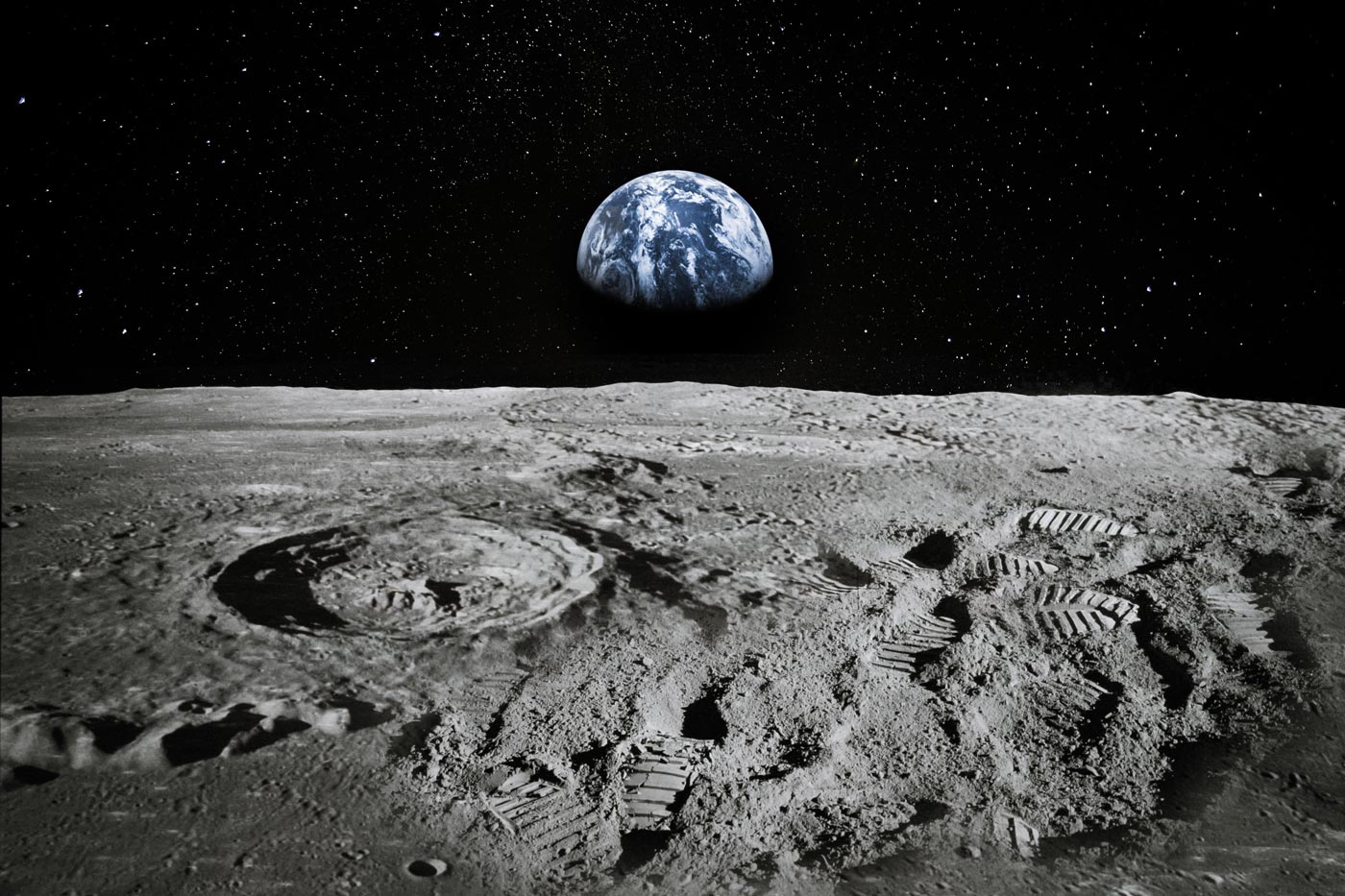The Moon is Earth's closest celestial neighbor, a fascinating and awe-inspiring object that has
captivated humanity's imagination for centuries. It's a rocky, airless world that has been the subject of countless myths, legends, and scientific investigations. In this article, we will explore some of the fascinating facts and mysteries surrounding the Moon.
The Moon is the fifth largest moon in the solar system, with a diameter of about 3,476 kilometers. It is about 1/6th the size of Earth and has a mass about 1/80th of Earth's. It is believed that the Moon was formed around 4.5 billion years ago, shortly after the formation of the solar system, from debris left over after a Mars-sized object collided with Earth.
One of the most striking features of the Moon is its phases. As the Moon orbits around Earth, we see different parts of it illuminated by the Sun, which creates the different phases. From Earth, we see the Moon go from a thin crescent to a full disk and back again over the course of about a month. The phases of the Moon have played an important role in human culture and have been used to track time, mark seasons, and even predict eclipses.
Another fascinating feature of the Moon is its surface. The Moon has a heavily cratered, rocky terrain that is covered in a fine layer of dust called regolith. The Moon's surface is barren, with no atmosphere or magnetic field, which means that it is constantly bombarded by solar radiation and cosmic rays. The Moon's surface is also home to a variety of geological features, such as mountains, valleys, and craters, that have been studied extensively by scientists.
The Moon also has a gravitational influence on Earth. The gravitational pull of the Moon causes tides in the Earth's oceans, which can have a significant impact on coastal ecosystems and human activities. The Moon's gravitational pull also causes Earth to wobble slightly on its axis, which can affect climate patterns over long periods of time.
https://www.highrevenuegate.com/c039isbt?key=8c7b6dce508ad70bce6a3e38025b6167

